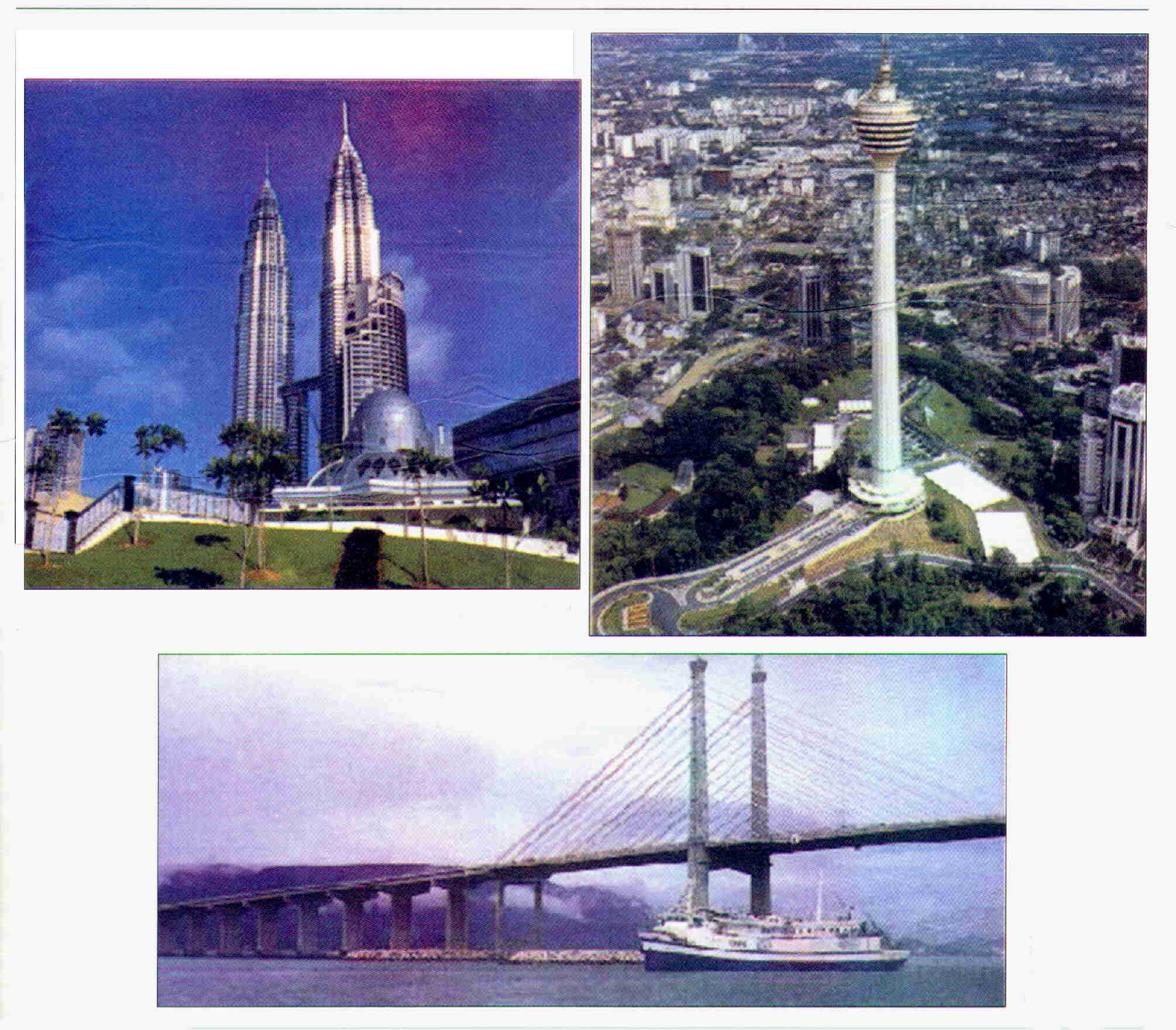| Malaysia |
 |
| LOCATION
Situated in Southeast Asia just North of the Equator. To the south is Singapore and Indonesia, to the north, Thailand and to the east lies the Philippines. |
|
POPULATION
|
|
LANGUAGE
|
|
CLIMATE
|
|
CURRENCY
|
| AREA
330,434sq km covering two regions - Peninsular Malaysia (which is the southernmost tip of Mainland Asia), and the states of Sabah and Sarawak (on Borneo Island). TIME
FEDERAL CAPITAL
|
 |
| HISTORY
Because of its strategic position between the Indian Ocean and the South China Sea, Malaysia has long been a meeting place for traders and travelers from West and East. Hence, its history is one of continual interaction with foreign powers and influences. Hindu-Buddhist influence was strong in the centuries before the coming of Islam. By 1400, when the Malacca Malay Kingdom once at the height of its power, Islam has become a major influence. By 1511, however, Malacca has fallen to the Portuguese. Meanwhile, the Dutch had been establishing their influence and presence in Java. By 1641, the Dutch has also taken over Malacca but they in turn lost it to the British who had been slowly consolidating their hold on the Malay states following Light's arrival in Penang in 1786. In 1815 Malacca is in British hands and in 1819, Stamford Raffles founded Singapore. Thereafter, through treaties, relentless political pressure and diplomacy, the British slowly extended their control over all the states of the Malay Peninsula. |
|
GOVERNMENT
|
| ECONOMY
Basically a developing free-enterprise economy based on primary products but steadily undergoing industrialisation. Malaysia is among the world's largest producers of tin, rubber, and palm oil. Other major products: Petroleum (the exploration and production of which is carried under the supervision of the national oil corporation, Petronas), timber and pepper. A number of agencies such as Malaysian Industrial Development Authority (MIDA), Heavy Industries Corporation of Malaysia (HICOM), and State Economic Development Corporations. |
 |
Home Autobiography Biography Picture Gallery Bibliography Malaysia Critiques Literary Works Acknowledgements